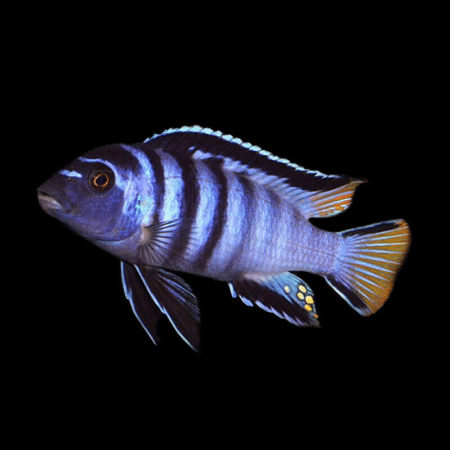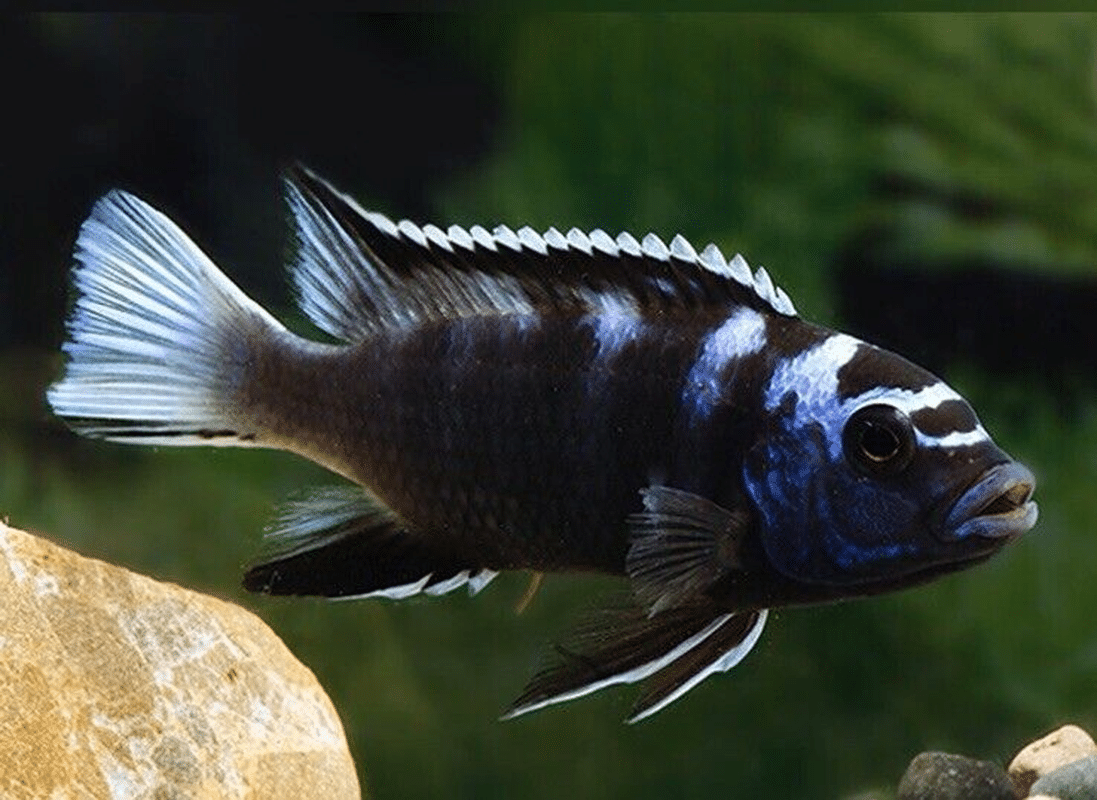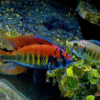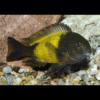To provide the best experiences, we use technologies like cookies to store and/or access device information. Consenting to these technologies will allow us to process data such as browsing behaviour or unique IDs on this site. Not consenting or withdrawing consent, may adversely affect certain features and functions.
The technical storage or access is strictly necessary for the legitimate purpose of enabling the use of a specific service explicitly requested by the subscriber or user, or for the sole purpose of carrying out the transmission of a communication over an electronic communications network.
The technical storage or access is necessary for the legitimate purpose of storing preferences that are not requested by the subscriber or user.
The technical storage or access that is used exclusively for statistical purposes.
The technical storage or access that is used exclusively for anonymous statistical purposes. Without a subpoena, voluntary compliance on the part of your Internet Service Provider, or additional records from a third party, information stored or retrieved for this purpose alone cannot usually be used to identify you.
The technical storage or access is required to create user profiles to send advertising, or to track the user on a website or across several websites for similar marketing purposes.
















Emily Carter (verified owner) –
I recently added a trio of White Tail Acei Cichlids (Pseudotropheus Acei) to my 75-gallon aquarium, and I couldn’t be happier with my choice! After about two months, these beauties have not only thrived but have also brought a vibrant energy to my tank. Their striking colors and unique personalities make them a joy to watch. I appreciate that they are relatively easy to care for, making aquarium maintenance less daunting for me. Compared to other Malawi cichlids I’ve kept, the Aceis are notably less aggressive, which has been a pleasant surprise.
I do suggest providing plenty of hiding spots, as they love exploring and establishing their own territories. Within the first week, I noticed they were already interacting with the environment and each other positively. I would recommend these fish to both beginner and experienced aquarists, especially those looking for peaceful yet lively additions to their community tank. Just be prepared for endless entertainment!
One minor concern is that they can be a bit picky about water conditions, so I recommend regular testing to keep them happy. Overall, I wholeheartedly recommend the White Tail Acei Cichlids for anyone looking to enrich their aquarium experience.